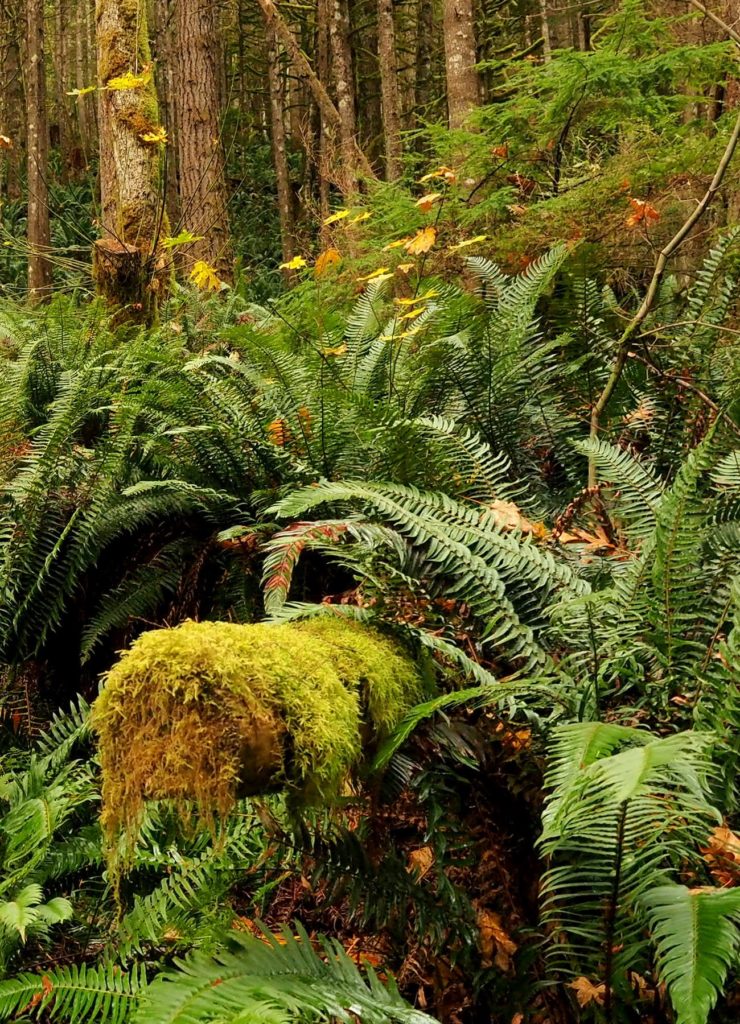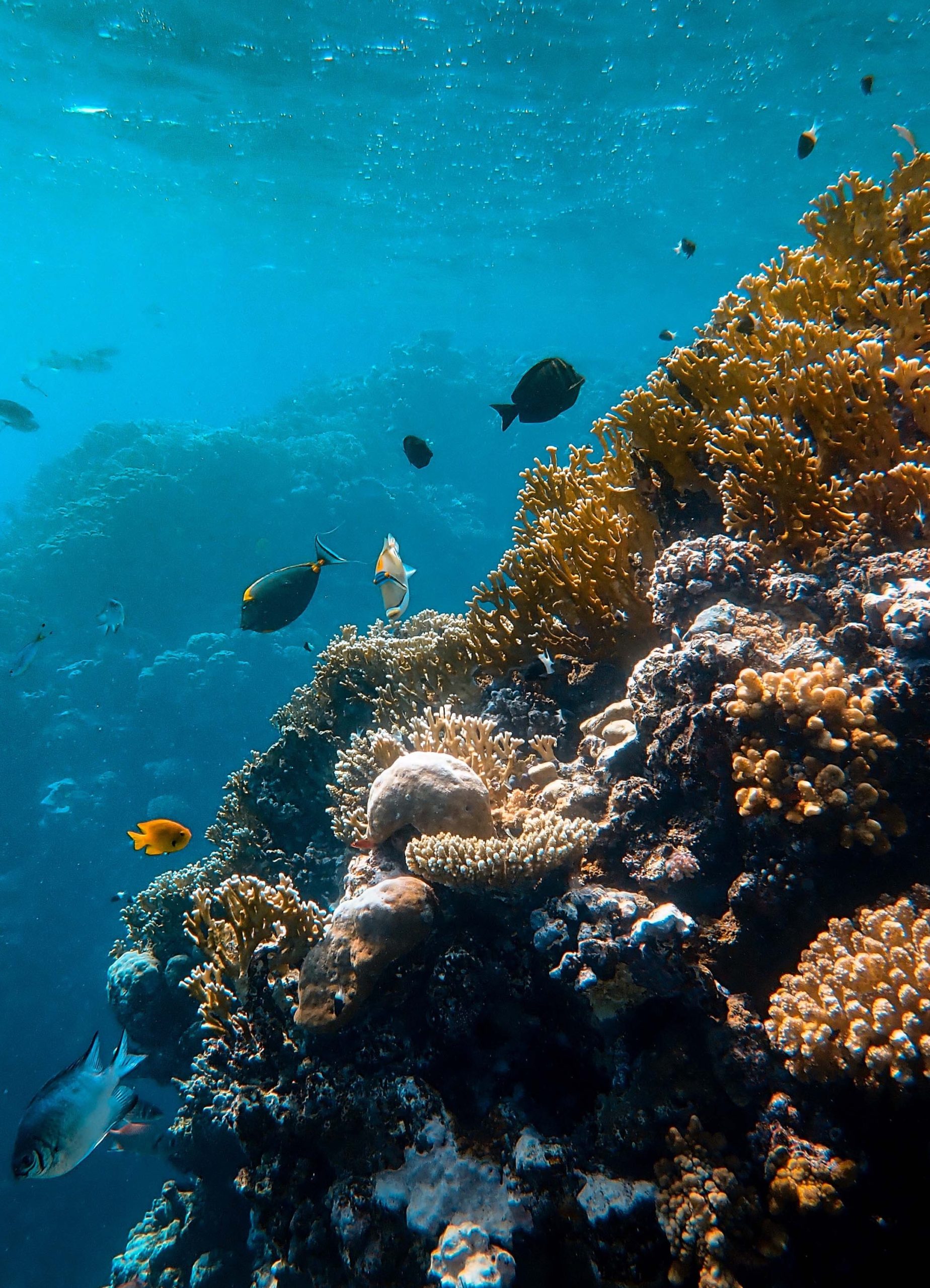Marine ecosystems, from coastal to deep sea, now show the influence of human actions. In the previous installment of this series, we gave an overview of the ever-increasing threat of climate change; what is it? How does it impact our ocean? And ultimately, how does it impact whales and dolphins? We learned there is no corner of the globe that is not impacted by the changing climate, and the ocean is especially vulnerable.
So how does a planet of more than seven billion people combat a problem of this scale? As a global matter, the solution must involve every country in the world to help mitigate this emerging threat.
A Global Responsibility
Biodiversity is very simply the variety of life on Earth, in all forms and interactions. Protecting the biodiversity of the Earth’s species, from the tiniest bacteria to the largest whales, is crucial to the survival of all living beings. A biologically diverse ecosystem is one that is resilient to environmental changes occurring all over the globe, and in particular to the rapid changes occurring due to increases in greenhouse gas emissions in the atmosphere.
But where to start? The UN’s Convention on Biological Diversity (CBD) calls on nations to protect at least 30% of its land and ocean areas by 2030 (30×30 global initiative). These science-based targets tell us that if current trends contributing to our warming planet are not markedly slowed or halted in the next 10 years, “points of no return” will be reached for multiple ecosystems and species4. Some models predict much more than 30% of these ecosystems will need protection, but how much specifically is required will vary across biogeographic regions. We must protect at least 30% in order to fight climate change, safeguard biodiversity and secure the natural life support systems upon which we depend.
As we take action to protect our planet, we must continue to improve our understanding of the impacts of a changing climate on ocean ecosystems, especially for whales and dolphins. The International Whaling Commission (IWC) first considered the implications of climate change in the early 1990s, however it was difficult to manage as a threat to cetaceans because there was so little research on the subject at the time.
In 1996, the IWC held its first workshop on climate change. The goals were to identify cetacean populations likely to be at higher risk from the impact of climate change. This first meeting concluded that climate change would adversely affect cetaceans, with the most important impacts expected to be via shifts in prey habitat and, therefore, disruption in areas of high biological importance (e.g., feeding grounds)1. At the most recent meeting in 2014, the IWC established a Steering Group to provide recommendations on how to take work on this topic forward. As contributing participants on the IWC Scientific Committee, PWF researchers are committed to contributing research and understanding of this important threat. In our final installment of this series, we will highlight the specific actions being taken by PWF to address climate change as a threat to the world’s cetaceans.
Marine Protected Areas
In addition to the IWC’s findings, there is another global tool to add to the growing body of knowledge that can help mitigate the harmful impacts of climate change. The Marine Conservation Institute’s Marine Protection Atlas illustrates areas of the ocean that are already protected, less protected, unimplemented and proposed, highlighting major areas of need. Only 2.7% of global ocean area is fully protected2, illustrating the immense amount of work to be done to reach the 30% goal laid out by the CBD.

Countries and territories can begin protecting 30% of their ocean areas by establishing marine protected areas (MPAs), which are essential for safeguarding the biodiversity and health of marine ecosystems. MPAs are designated areas whose health is assessed, monitored, effectively managed and ecologically representative of its place on the globe, some through the restriction of fishing and other human activities2,3. According to some research, restricting or prohibiting fishing in an MPA will help conserve habitats and populations and may even increase the overall yield of fisheries3, thereby encouraging a multi-stakeholder approach to climate mitigation. This concept has often been referred to as the “spillover effect” in which species that rebound due to reduced fishing pressure move into areas beyond MPAs and improve ecosystem health outside of the protected boundary5, all the while encouraging biodiversity.
In addition to the information provided by the Marine Conservation Institute’s atlas of MPAs, the CBD also provides resources to help guide countries in their MPA establishments. Similar to the IWC and whale watching, the CBD provides technical advice on establishing, monitoring and evaluating efficacy of MPAs, as well as resources on the financial and legal aspects of the establishment of these areas.
To create a more resilient ocean ecosystem, we must protect the biodiversity of ecosystems across the entire ocean, and MPA establishments can aid in that effort. These resources are provided to the public free of charge in hopes of creating some semblance of ease around combating climate change, arguably one of the biggest challenges facing humanity.
Congressional Action to Protect Our Oceans
In addition to MPAs, there are several pieces of legislation in the US Congress that would help build ecosystem resilience to climate change. One bill that integrates 30×30 action, introduced to the House in October 2020, is called the Ocean-Based Climate Solutions Act (H.R. 8632). The bill currently has 39 cosponsors, including Hawai’i’s District 1 Representative Ed Case. The measure takes meaningful steps toward protecting habitats and ecosystems that the collective health of humanity and the ocean both depend upon. It establishes a pathway for the protection of 30% of our nation’s waters by 2030, as well as expands climate mitigation efforts in wetlands, seagrasses and mangroves.
One aspect of this bill that addresses the protection of marine mammals is the implementation of vessel speed programs. The bill will utilize the National Oceanic and Atmospheric Administration (NOAA) to aid in enforcing speed restrictions for vessels larger than 49 feet to 10 knots in designated areas of biological importance. Many of the world’s busiest shipping and ferry lanes overlap directly with areas where whales feed, give birth, nurse their young, or travel between feeding and breeding grounds10.

When ships move quickly through these areas, there is a high risk of collision, injury and death, as whales are often unable to get out of the ship’s path in time. PWF’s own research has revealed a significant decrease in close encounters with humpback whales when vessel speeds are reduced to 12.5 knots or less, aligning with previous studies that found a significant increase in the likelihood of whale mortality when a vessel speed exceeds 12 knots6. Simply by existing, whales help combat climate change by spreading nutrients across vast swaths of ocean and as living carbon sinks that absorb and trap massive amounts of carbon, therefore measures keeping them alive are tantamount to fighting this threat.
An additional piece of legislation addressing climate-related threats to the ocean is the Marine Mammal Climate Change Protection Act (HR 8795), introduced In November 2020 by Congresswoman Julia Brownley of California. The bill directs NOAA to establish a climate-impact management plan for the conservation of certain marine mammal species. These species would include those impacted by climate change (alone or in combination with other factors) within 20 years, any species that are listed as threatened or endangered, and any other species for which impacts have more than a remote possibility of occurring within 100 years. The bill states that this list shall be reviewed at least once every five years and an updated list published in the Federal Register. Finally, the bill will require a draft climate impact management plan for each marine mammal species of population stock, ensuring protection over time.
The Marine Mammal Climate Change Protection Act places marine mammals at the forefront of protection when it comes to climate change and its impacts on the ocean ecosystem while advocating for science-based solutions to this ongoing threat. Pacific Whale Foundation will continue providing science-based support for legislation that aims to reduce climate impacts on whale and dolphin populations.
Fighting the threat of climate change will require concerted effort from global, national, and local levels in order to take on the monumental task we have before us. The first step, however, is understanding the threat, which is becoming more and more clear with each passing day. Now is the time to get to work.
References
- Wright, A.J., et. al., (2016). The international whaling commission – beyond whaling. Front. Mar. Sci. 3. https://doi.org/10. 3389/fmars.2016.00158.
- Marine Conservation Institute (MCI) Marine Protection Atlas https://mpatlas.org/
- Balmford, A. et al. (2004) The worldwide costs of marine protected areas. Proc. Natl. Acad. Sci. U. S. A. 101, 9694–9697
- Dinerstein E, et. al., (2019). A global deal for nature: Guiding principles, milestones, and targets. Science Advances 5: eaaw2869.
- Roberts, C.M., et. al., Effects of marine reserves on adjacent fisheries. Science, 294, 1920-1923 (2001)
- Currie, J.J, et. al., (2017) Modelling whale-vessel encounters: the role of speed in mitigating collisions with humpback whales (Megaptera novaeangliae). Journal of Cetacean Research and Management 17: 57–63.
- MPA News, International News and Analysis on Marine Protected Areas. Vol. 3, No. 6., Dec. 2001/Jan. 2002
- Convention on Biological Diversity https://www.cbd.int/marine/guidance.shtml
- World Wildlife Fund, Watching out for whales: Reducing risks when ships and whales share the seas. link


